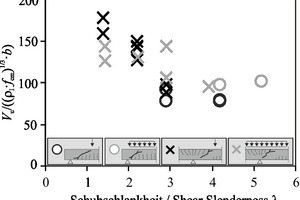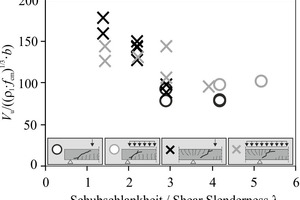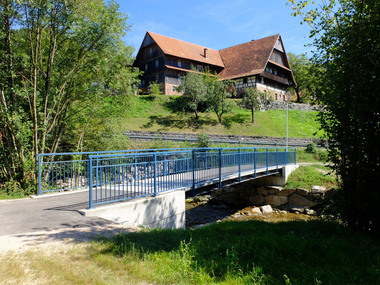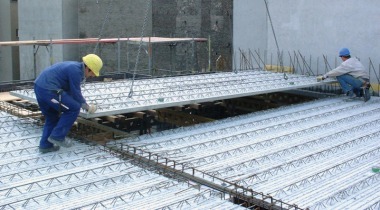Optimizing the shear design of slabs
A significant amount of the used concrete volume is applied to slab structures where shear design is often determinative of the dimensioning. Since applying shear reinforcement to slabs is elaborate, structural engineers intend to omit shear reinforcement in in-situ concrete slabs in construction practice. The current shear design approach for components without shear reinforcement according to EC2 is semi-empirical and was calibrated using a database of shear tests on simply supported single-span beams under concentrated loads. Therefore, capacity increasing influences due to more realistic
multi-span structural systems with distributed instead of concentrated loads are currently not considered in shear design. Tests with different loading show considerable potential for increases in shear capacity in the area of internal supports of continuous slab systems (Fig., [1, 2]) which could be taken into account in future generations of standards.
Additional tests will be carried out to check whether an arching effect occurring in continuous RC slab systems can be captured for structural analysis. This effect results from load-dependent Compressive Membrane Action and was already investigated in the past with regard to flexural and punching behavior of reinforced-concrete slabs, see e.g. [3, 4]. Considering this additional capacity-increasing influence in shear design of slabs could have a favorable effect due to a more accurate reflection of the slab’s load-bearing behavior, particularly when assessing existing structures.








